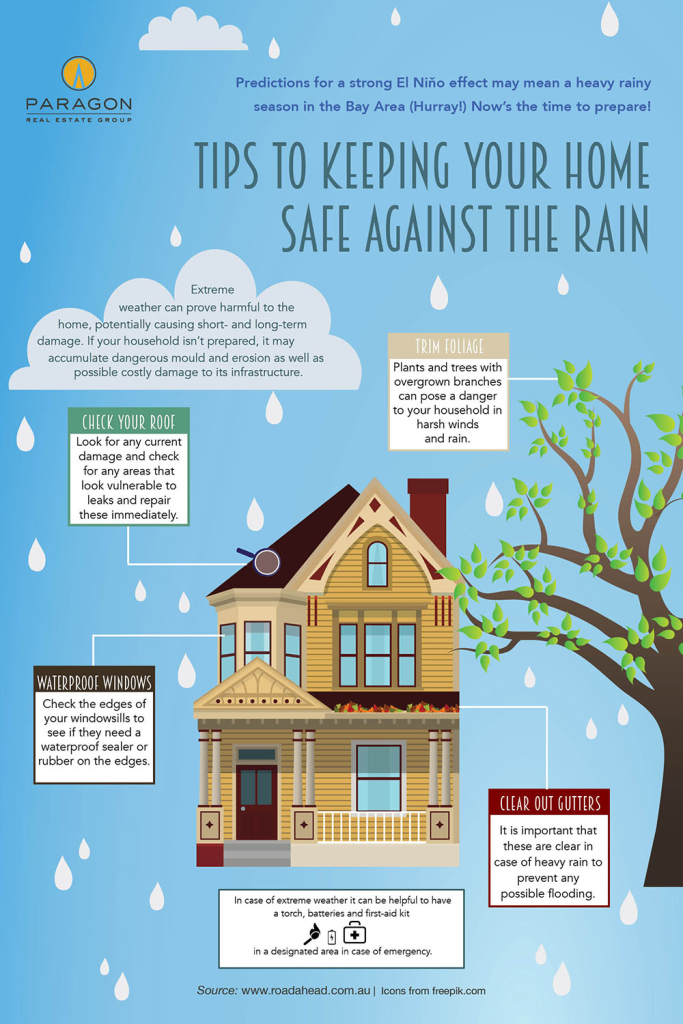Contrast Of Solar Power And Standard Energy Sources: An In-Depth Evaluation
Contrast Of Solar Power And Standard Energy Sources: An In-Depth Evaluation
Blog Article
Post Produced By-Clayton Joyce
When assessing the stability of solar energy versus conventional energy resources, you might find yourself considering the lasting sustainability and effect on your funds. The detailed equilibrium between first prices, continuous costs, and ecological ramifications raises sixty-four-thousand-dollar questions concerning the future of power generation. As you navigate through the intricacies of this contrast, a much deeper understanding of the subtleties in cost-effectiveness, environmental stewardship, and power safety awaits expedition.
Cost-Effectiveness Contrast
When comparing the cost-effectiveness of solar power with typical energy resources, it becomes apparent that first investment distinctions play an essential role in determining long-term cost savings.
While solar energy systems need a greater upfront investment for setup and equipment, they offer substantial lasting advantages that can surpass the initial expenses. The key depend on understanding that solar energy systems have marginal ongoing operational and maintenance costs compared to traditional energy sources like fossil fuels.
By buying solar energy, you can possibly minimize utility costs over the system's life expectancy. In addition, with developments in modern technology and reducing installation costs, solar energy has ended up being a lot more obtainable and budget-friendly for property owners and organizations alike. These cost savings can accumulate in time, offering a roi that goes beyond standard power sources.
Furthermore, solar energy systems use the advantage of power independence and stability against changing utility costs. By taking advantage of the power of the sunlight, you add to a cleaner atmosphere and minimize your carbon impact. Welcoming solar power not only advantages your purse yet also the world over time.
Environmental Impact Analysis
Solar energy offers an appealing alternative to typical energy resources because of its dramatically reduced environmental influence. Unlike nonrenewable fuel sources that emit damaging greenhouse gases and contribute to air contamination, solar power creates power without creating any emissions.
The procedure of utilizing solar energy entails recording sunshine with photovoltaic panels, which does not launch any kind of toxins into the environment. This lack of exhausts helps in reducing the carbon footprint associated with power production, making solar power a cleaner and more sustainable option.
Furthermore, using solar power adds to conservation efforts by lowering the need for finite resources like coal, oil, and gas. By relying upon the sunlight's abundant and renewable resource resource, we can help protect all-natural environments, secure ecological communities, and minimize the unfavorable impacts of resource extraction.
Reliability and Power Landscape Assessment
For an extensive analysis of reliability and the power landscape, it's important to examine just how solar energy compares to standard sources. Solar energy is picking up speed as a trusted and lasting power resource. While traditional resources like coal, oil, and natural gas have been historically dominant, they're limited and add to environmental destruction.
Solar power, on the other hand, is plentiful and renewable, making it an extra lasting alternative over time.
In solar providers near me to reliability, solar power can be based on weather conditions and sunlight accessibility. Nevertheless, developments in technology have brought about the development of energy storage solutions like batteries, boosting the dependability of solar energy systems. Conventional sources, however, are susceptible to cost variations, geopolitical stress, and supply chain interruptions, making them less trustworthy in the long-term.
When assessing the power landscape, solar energy offers decentralized power production, lowering transmission losses and increasing energy safety and security. Standard resources, with their centralized power plants, are more prone to interruptions and require considerable infrastructure for distribution.
https://www.pv-magazine.com/2023/02/24/pumped-hydro-key-to-meeting-storage-demand/
In conclusion, when contrasting solar power to typical power sources, it is clear that solar power provides an affordable, environmentally friendly, and trusted option. With marginal functional prices, possible savings on energy bills, and a significantly reduced environmental influence, solar energy is becoming a much more sustainable and safe choice. Welcoming solar power can help reduce greenhouse gas exhausts and add to conservation efforts, making it an engaging selection for the future.
